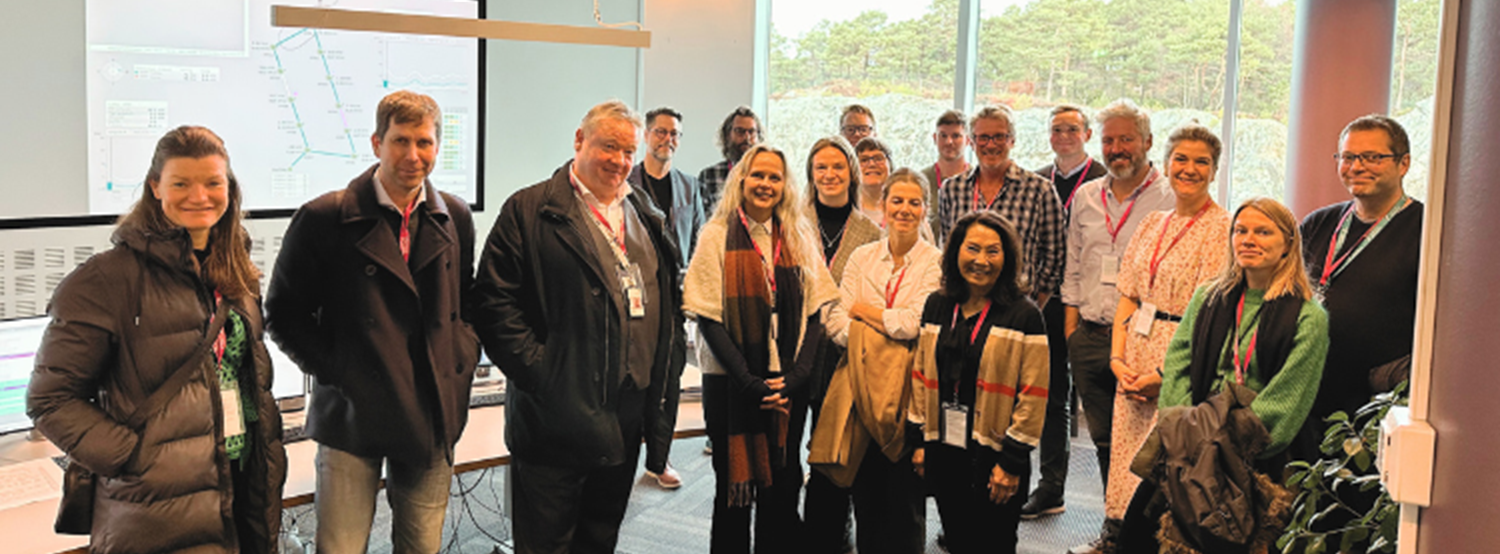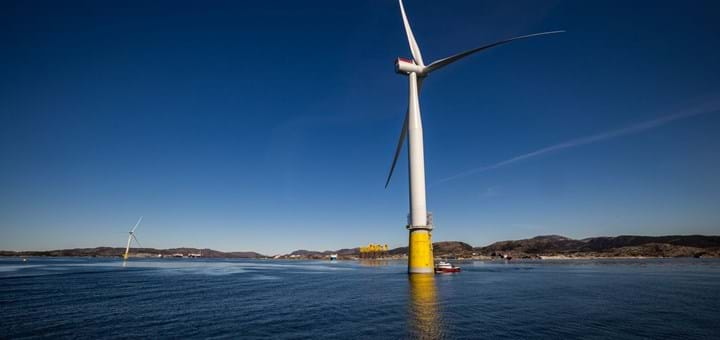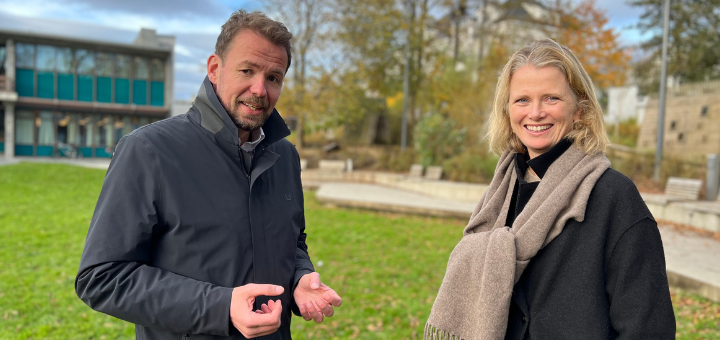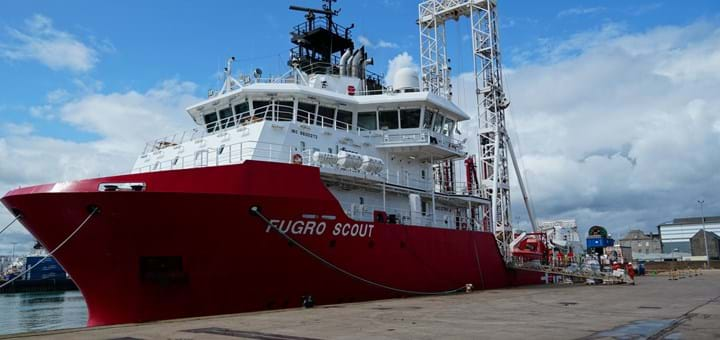A glimpse into Hywind Tampen’s Control Room

In collaboration with Equinor, our renewable energy resource group had the exceptional opportunity to visit Hywind Tampen’s control room at Sandsli in Bergen.
Coinciding with the announcement that seven consortia have applied for pre-qualification in the Sørlige Nordsjø II area—a significant step for Norway's offshore wind industry—our visit took on added significance.
We got unique insights into the operational experiences, maintenance practices, and the practicalities of managing the world's largest floating wind park. Discussions centered around operational routines and the inherent challenges associated with operation and maintenance of an offshore wind park supplying energy to two offshore platforms.
– It is very valuable to have insight into Equinor’s experiences with operation and maintenance of the world’s largest floating offshore wind farm. Hywind Tampen is pioneering in this field, and these insights will hopefully also inspire new solutions to current challenges among the participants, says Karianne Kojen Andersen, Innovation Manager in GCE Ocean Technology.

Picture: Our resource group inside Equinor's control room for Hywind Tampen.
A milestone
Following an engaging introduction, we were guided through the control room of Hywind Tampen. This pioneering venture aims to power the Snorre and Gullfaks fields in the North Sea with electrical energy.
Comprising 11 turbines with a system capacity of 94,6 MW, Hywind Tampen stands as the world's largest floating wind park, marking a significant stride towards industrializing solutions and curbing costs linked to future offshore wind projects.
It's estimated that this wind park could cover approximately 35% of the annual electricity needs across the five platforms—Snorre A and B, and Gullfaks A, B, and C. Notably, the wind power solution is poised to reduce the reliance on gas turbines on Snorre and Gullfaks, thereby curtailing CO2 emissions by an impressive 200,000 tons annually, an equivalent of emissions from 100,000 cars.
This visit not only provided a firsthand glimpse into cutting-edge technology but also reinforced the critical role renewable energy plays in mitigating climate change.
Thank you to our partner Equinor for having us.
Learn how you can join our resource group for renewable energy



